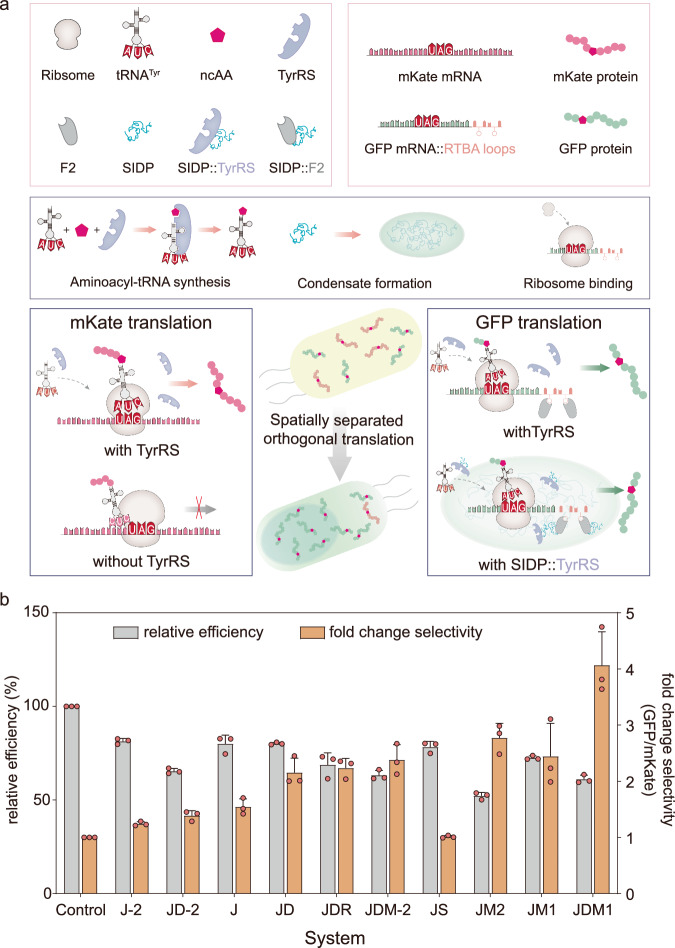Fig. 4. Functionalization of cellular condensates for spatially separated orthogonal translation.
a Spatial separation of the necessary components to enable orthogonal translation to control language of protein translation. Without the synthetic condensate in vivo, the selected gene GFP and other gene such as mKate containing TAG both can be transcribed and translated into a complete fluorescent protein normally. When the genetic code expansion (GCE) machinery was applied within a synthetic condensate, the selected gene GFP containing TAG that targeted to the condensate can still express normally. In contrast, the corresponding stop codon in gene mKate that are not targeted to the condensate should not get translated. TyrRS, aminoacyl-tRNA synthetase; ncAA, noncanonical amino acid; SIDP, synthetic intrinsically disordered protein. b For all experiments, the indicated constructs and dual reporter GFP3TAG::6RTBA and mKate3TAG were co-expressed. The orange bars (normalized to cytoplasmic TyrRS) represent the fold change in the ratios of the mean fluorescence intensities of GFP versus mKate for all the systems tested. The gray bars represent the relative efficiency as defined by the mean fluorescence intensity of GFP for each condition divided by cytoplasmic TyrRS control. The J-2, JD-2, and JDM-2 systems were constructed by using one RTBA based on J, JD, and JDM1 systems, respectively. Data are presented as mean ± s.d. of three biologically independent replicates. Source data provided as a Source Data file.

